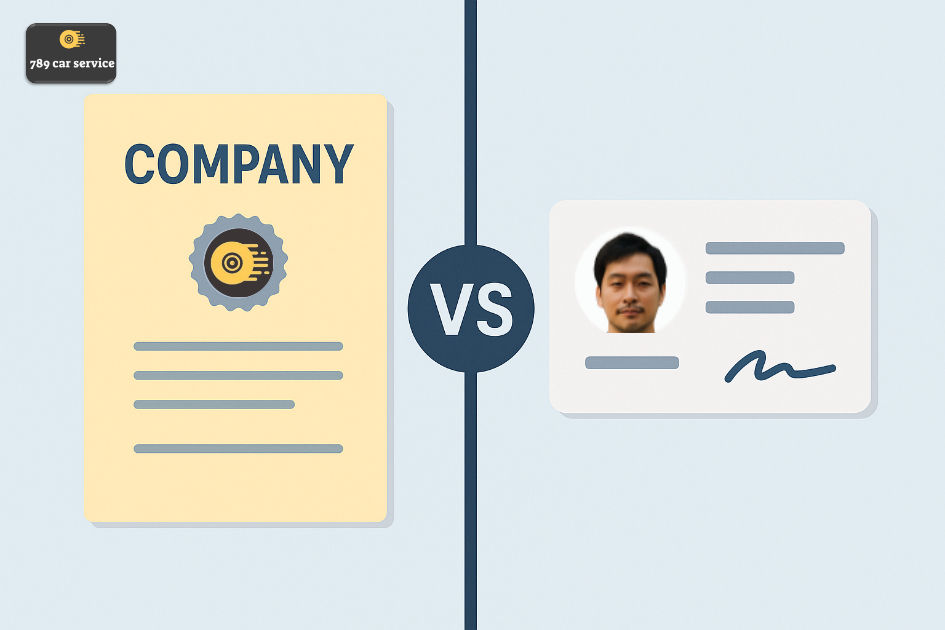《🛣️ cross-border car comparison》
- 阿漆Alphard

- Jul 17
- 2 min read
🛣️ Cross-Border Car Comparison: Private Car, Self-Driving, or Public Transport?
With various options available for traveling between Hong Kong and Mainland China, many wonder:Should I book a cross-border car service? Drive my own car under the "Driving to the Mainland" scheme? Or take the high-speed rail or cross-border bus?
This article provides a clear cross-border car comparison, highlighting the pros and cons of each option to help you decide what suits your needs best.

🚗 Option 1: Cross-Border Car (with driver arranged by a service company)
✅ Advantages:
Door-to-door pickup and drop-off: Ideal for home, office, or hotel transfers
Highly flexible: No need to book government slots or match train schedules – available on demand
Professional drivers familiar with cross-border procedures
Best for business travelers, family trips, elderly passengers, or those with children
⚠️ Points to note:
Relatively higher cost, but can be split among multiple passengers
Booking in advance is recommended during peak seasons
🚘 Option 2: "Driving to the Mainland" (using your own private vehicle)
✅ Advantages:
Maximum flexibility in schedule
Great for drivers with quota approval and experience crossing the border
Good for short one-way trips or casual drives
⚠️ Points to note:
Each border crossing requires a pre-booked slot
Not ideal for spontaneous travel plans
First-time users may find the application process time-consuming
🚌 Option 3: Public Transport (high-speed rail / direct bus)
✅ Advantages:
Lowest cost
Wide range of daily schedules, especially for the train
No vehicle applications or admin involved
⚠️ Points to note:
Requires multiple transfers, luggage handling, and queueing at the border
Luggage is typically stored in shared areas like racks or bus holds, increasing risk of loss or confusion
Less suitable for families, elderly, or those traveling with large baggage
🚦 Do You Need to Exit the Vehicle at the Border?
All passengers, regardless of transport type, must disembark with luggage at Mainland China border checkpoints.
However, at Hong Kong checkpoints, passengers in cross-border cars or "Driving to the Mainland" vehicles usually do not need to leave the vehicle.
Cross-border car drivers are professionals who handle the process smoothly.
📊 Comparison Table:
Feature | Cross-Border Car | Self-Driving to Mainland | Public Transport |
Cost | 💰💰💰 (shared possible) | 💰💰 | 💰 |
Flexibility | ⭐⭐⭐⭐⭐ | ⭐⭐⭐⭐ | ⭐⭐ |
Comfort | ⭐⭐⭐⭐⭐ | ⭐⭐⭐ | ⭐ |
Booking Convenience | ⭐⭐⭐⭐⭐ (on-demand) | ⭐⭐ (pre-book required) | ⭐⭐⭐⭐ (buy & go) |
Admin Complexity | ⭐⭐⭐⭐ (simple) | ⭐⭐ (first-time setup needed) | ⭐⭐⭐⭐⭐ |
Best For | Business, families, elderly | Experienced drivers | Solo/casual travelers |
🧳 Final Thoughts: Which is Right for You?
Each method has its pros and cons. But if you value flexibility, direct service, and peace of mind, then booking a cross-border car remains the most convenient choice.
Whether for business trips, family visits, or traveling with seniors or children, 789 offers reliable and personalized arrangements.
👉 Learn more about our service: Cross-Border Transfers
📞 Or contact us directly: Contact Us



Comments